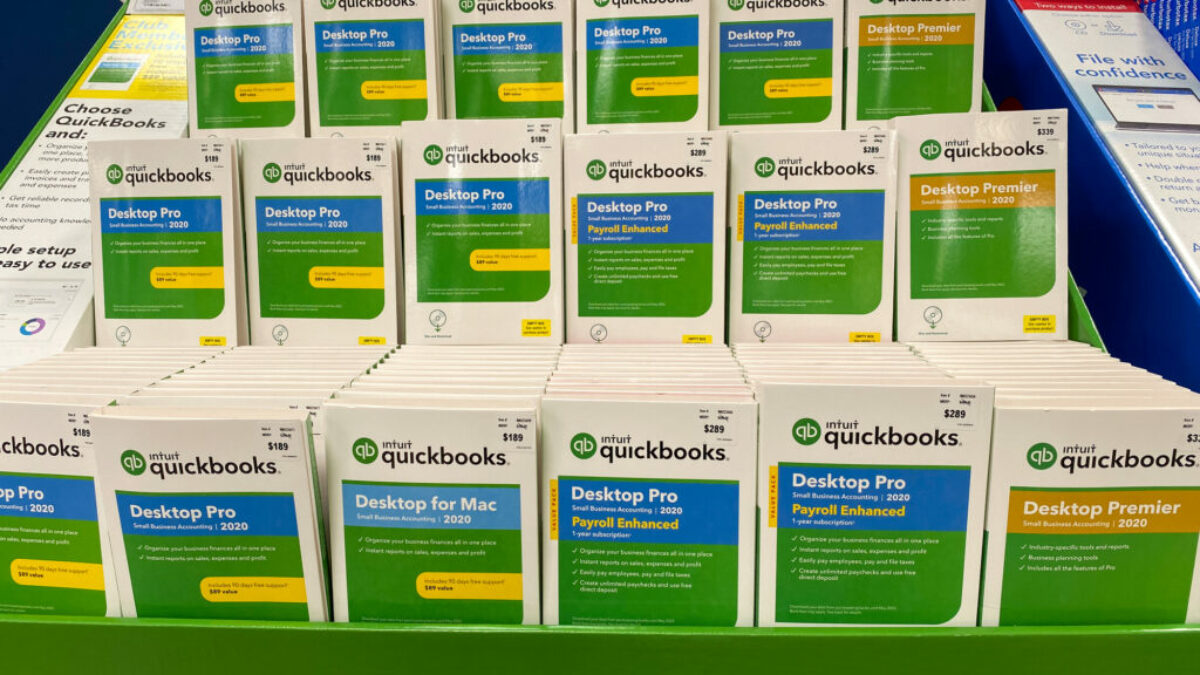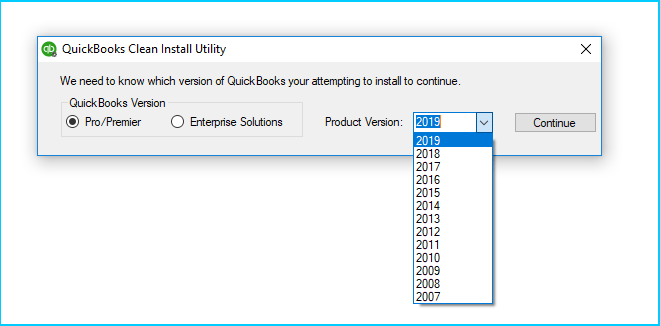

- Quickbooks enterprise 2019 will not open on my computer software#
- Quickbooks enterprise 2019 will not open on my computer series#
- Quickbooks enterprise 2019 will not open on my computer windows#
(Note: All of these specifications are based upon a 64-bit computing environment since that is the most common in use today, as opposed to the 32-bit environments of a few years back.)Īs you can see, all ‘supported’ version of Windows in use (Windows 7 and 8.1 as well as Windows-10) all require a minimum of 2 GB of RAM.
Quickbooks enterprise 2019 will not open on my computer software#
In preparation for an upcoming webinar, I developed the following PowerPoint slide that helps to show you the various RAM requirements for some of the more common software applications most 'Windows' computer users have on-board. The memory also helps determine how effectively your computer can multitask. Inside your computer, the memory works in conjunction with your processor and hard drive (or Solid-State-Drive) to access and use your data, and the amount, type and speed of memory you've got installed helps determine how fast applications, like QuickBooks, are able to operate. Your computer's moment-to-moment operations are typically performed using short-term data access functions like loading applications, browsing the Web or editing a database like QuickBooks all rely on Memory so, the amount, speed and type of memory play a critical role in your computer's performance. Memory (RAM, DRAM, SDRAM, ECC or Non-ECC) is the component in your computer that provides short-term data access.
Quickbooks enterprise 2019 will not open on my computer series#
When this process is complete, your Attached Documents should once again be linked to your QuickBooks Company-file.We are in the process of wrapping up our lengthy series on QuickBooks 2019 Desktop, and as you start downloading the products and your clients want to start installing running them it is essential you are aware of the requirements for operation. With this in mind, let's look at the various minimum, recommended and 'best practices' for each of the three most commonly used 'Windows environments' for QuickBooks.īut before we actually look at those system requirements, I felt we should talk a little about the concept of RAM (memory), and some of the applications on your computer using RAM, so you can understand the importance of sufficient RAM in relationship to not only QuickBooks, but your computer as a whole.


Pick the option to Clean Up Attachment Links. Open QuickBooks to your New Company-file,ħ. (2) Make certain to name the folder exactly the same name that is in front of the. (1) Change the name of the folder to match the name of the new Company-file. If there is NOT a directory (folder) with the new Company-file name: (3) Copy the contents of the Txn sub-folder and paste them in the Txn sub-folder of the folder with the New Company-file name.ī. (2) Copy the contents of the InBox sub-folder and paste them in the InBox sub-folder of the Attach folder with the New Company-file name. (1) Open the directory (folder) with the OLD Company-file name. If there is a directory (folder) with your new Company-file name: Follow the steps below (A or B) depending on your own specific circumstance:Ī. Using Windows Explorer, browse to the directory (folder) where your QuickBooks Company-file is stored and open the Attach folder.ģ.

If you rename or move your Company-file, the connection between your Company-file and your Attached Documents will be broken. When you use QuickBooks Attached Documents that are locally stored (in newer versions of QuickBooks, as opposed to older versions which offered cloud storage), QuickBooks creates an Attached Documents Folder in the same directory (folder) as your QuickBooks Company- file. A reader has written in to ask: "What can we do since we can no longer find our attached documents after we changed the name of our QuickBooks file?"


 0 kommentar(er)
0 kommentar(er)
